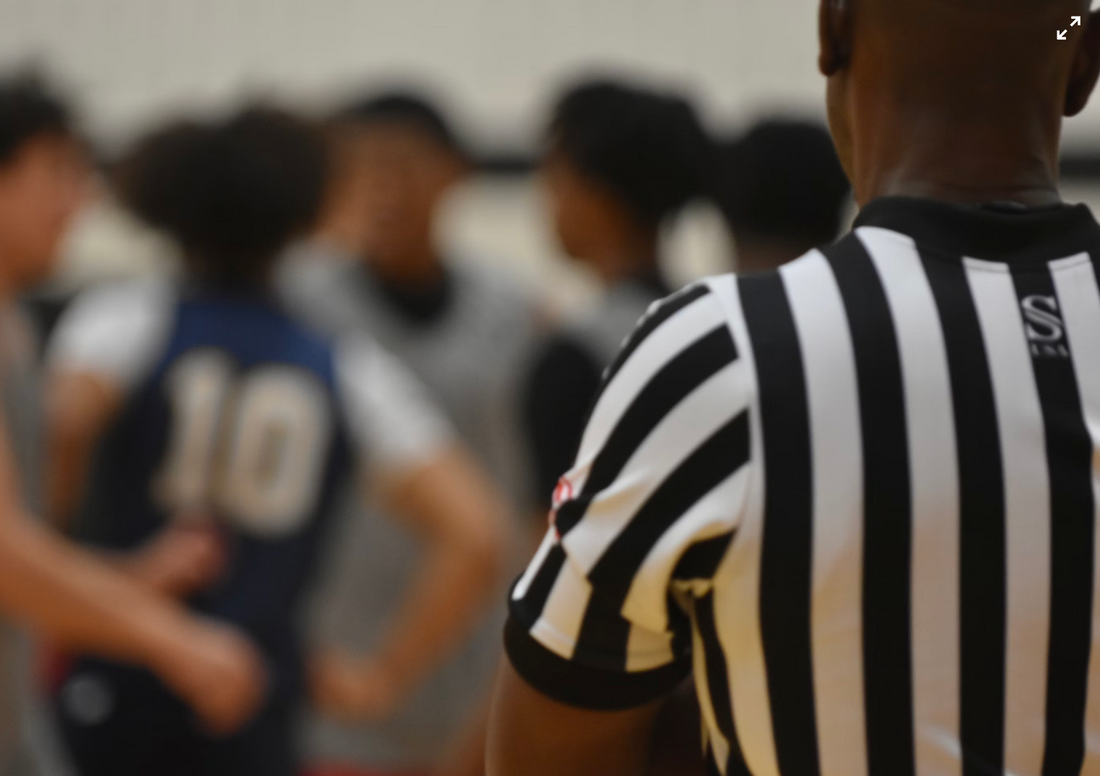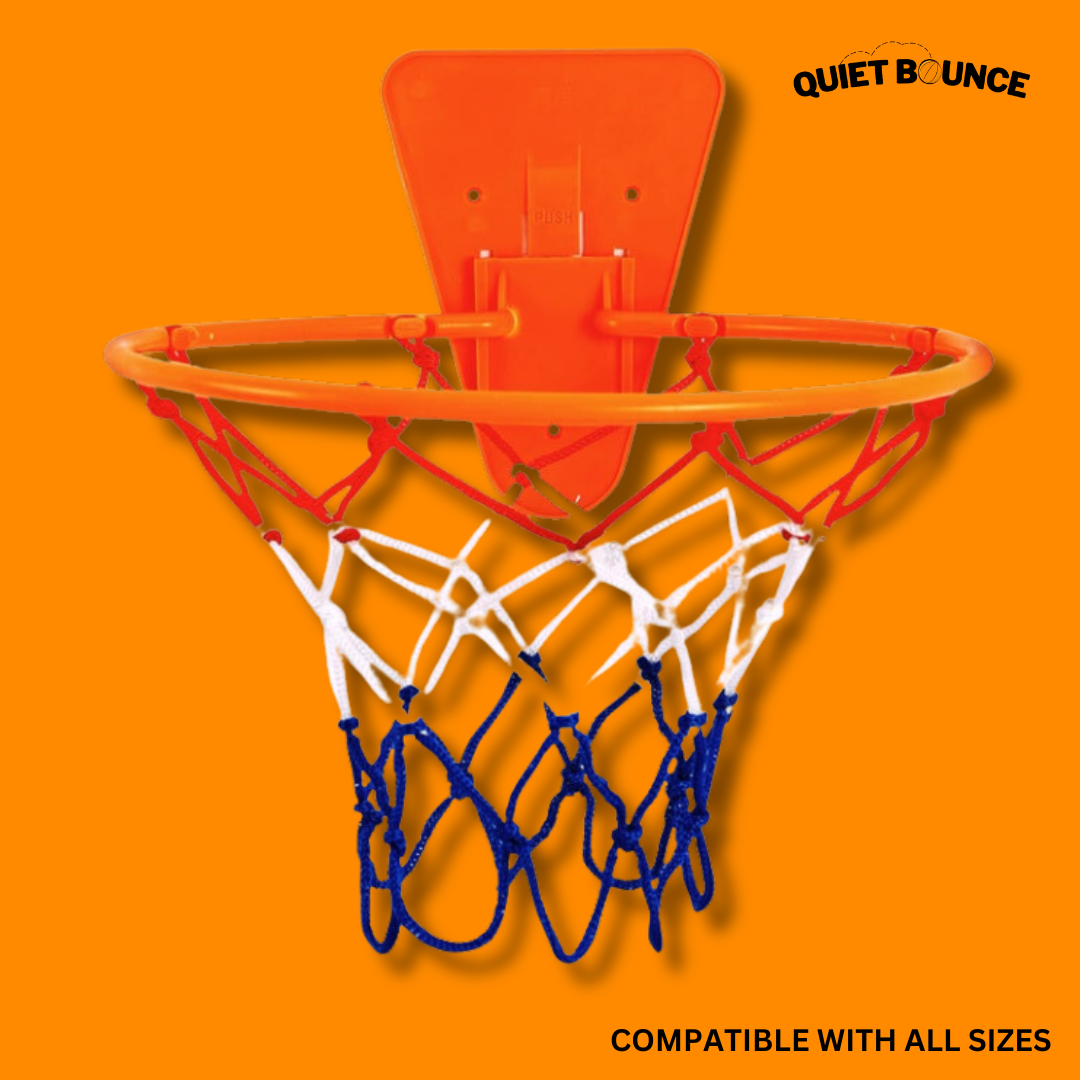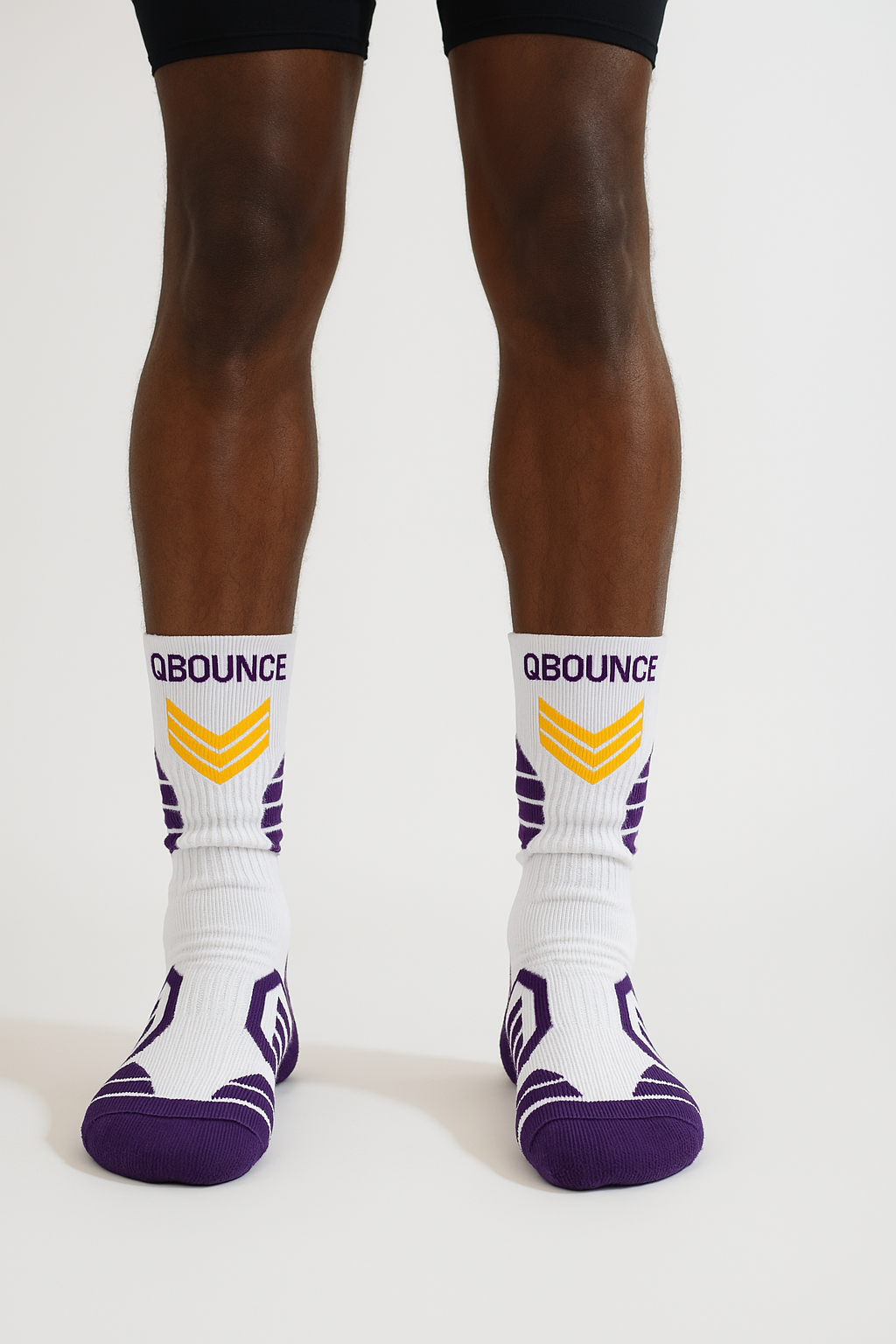
Must-Know Basketball Dribbling Rules
Share
Every level of basketball, from youth leagues to the NBA, WNBA, and FIBA leagues, have their own set of rules. There are different rules for shooting, defending, and of course, dribbling. If you watch different levels of basketball, or are transitioning from one league to another, it’s worth understanding the different dribbling rules. Otherwise, you’re likely to turn the ball over. But once you learn the rules, you can hone your dribbling abilities on & off the court with a Quiet Bounce silent basketball.
The Evolution of Dribbling Rules
Dribbling is the most basic skill in all of basketball. It allows players to move with the ball up & down the court while maintaining control. It involves bouncing the basketball off the floor using one hand at a time, so as to avoid a travel or double dribble.
The rules regarding dribbling in basketball have evolved over time. In the early days of the sport, dribbling was not allowed, and players were only allowed to pass the ball to their teammates. However, as the game progressed, the rules were modified to include dribbling as an integral part of the game.
James Naismith, the inventor of basketball, initially did not include dribbling in the original rules. It was not until the early 1900s that dribbling was officially introduced. This addition transformed the game, allowing players to maneuver the ball and create scoring opportunities.
Legal vs. Illegal Dribbles
In the game of basketball, there are specific rules that dictate what constitutes a legal dribble and what is considered an illegal dribble. The distinctions are fairly clear, but can be confusing if you’re unfamiliar.
Legal Dribbles
A legal dribble is one that adheres to the rules and regulations set forth by the governing bodies of basketball. Here are the key characteristics of a legal dribble:
- One Hand at a Time: In basketball, players are only allowed to dribble using one hand at a time. This means that both hands cannot simultaneously make contact with the ball during a dribbling motion.
- Continuous Dribbling: A legal dribble involves a continuous bouncing motion of the ball. Once the ball makes contact with the floor, it must be touched again before it hits the floor for the second time. Failure to maintain continuous dribbling results in a violation.
- Dribbling while Moving: Players are allowed to dribble the ball while moving, whether it is walking, running, or changing directions. Dribbling is an integral part of movement and allows players to navigate the court while maintaining control of the ball.
- Dribbling after Picking up the Ball: If a player picks up the ball and then resumes dribbling, known as a "dribble pickup," it is considered a legal dribble as long as the player does not take more than two steps before starting the dribble again.
Illegal Dribbles
On the other hand, there are certain actions that are considered illegal dribbles in basketball. These violations can result in turnovers or penalties for the offending team. Here are some examples of illegal dribbles:
-
Double Dribble: Double dribbling occurs when a player dribbles the ball with both hands simultaneously or picks up the dribble and then begins to dribble again without first passing or shooting the ball.
Penalty: This violation results in a turnover, with the opposing team gaining possession of the ball.The ball is inbounded from the sideline or baseline, depending on where the violation occurred.
-
Carrying or Palming: Carrying or palming the ball refers to a player's hand remaining under the ball for too long during a dribbling motion. This leads to an unfair advantage, as it allows the player to control the ball excessively, making it harder for defenders to steal.
Penalty: When a carrying or palming violation occurs, it results in a turnover. The opposing team is awarded possession of the ball, and it is inbounded from the sideline or baseline.
-
Traveling: Traveling occurs when a player takes more than two steps without dribbling the ball. It is a violation of the rules and results in a turnover. To avoid traveling, players must establish a pivot foot and ensure that they dribble or pass the ball before taking additional steps.
Penalty: When traveling is called, it results in a turnover. The opposing team is awarded possession of the ball, and it is inbounded from the sideline or baseline.
-
Backcourt Violation: If a player, who is in the frontcourt, dribbles or passes the ball to the backcourt, it results in a backcourt violation. This violation occurs when the offensive team fails to advance the ball to the frontcourt within the allotted time after gaining possession.
Penalty: When a backcourt violation occurs, it results in a turnover. The opposing team is awarded possession of the ball, and it is inbounded from the sideline or baseline in the backcourt.
-
Out-of-Bounds Dribble: Dribbling the ball while stepping or touching a boundary line or going out of bounds is considered an illegal dribble. The ball must remain in play, and dribbling out of bounds results in a turnover.
Penalty: When an out-of-bounds dribble violation occurs, it results in a turnover. The opposing team is awarded possession of the ball, and it is inbounded from the sideline or baseline.
Specific Dribbling Rules
In addition to the basic rules and violations surrounding dribbling in basketball, there are specific rules that players must follow to ensure fair play and maintain the integrity of the game. These rules cover various aspects of dribbling, including when and where it is allowed, as well as certain restrictions that players must adhere to.
Dribbling in the Frontcourt
In basketball, the court is divided into two halves: the frontcourt and the backcourt. The frontcourt is the area of the court that extends from the midcourt line to the baseline of the offensive team. When a team is in possession of the ball in their frontcourt, they are allowed to dribble and maneuver the ball as they attempt to score.
Dribbling in the Backcourt
The backcourt is the area of the court that extends from the midcourt line to the baseline of the defensive team. When the offensive team is in the backcourt, they must advance the ball to the frontcourt within a specific time limit, which is 8 seconds. Once the ball has crossed the half-court line into the frontcourt, players are free to dribble and continue their offensive play.
Shot Clock and Dribbling
The shot clock is a crucial element in the game of basketball. It is a timer that limits the amount of time a team has to attempt a shot. In most professional leagues, including the NBA, the shot clock is set to 24 seconds. When a team gains possession of the ball, they must attempt a shot before the shot clock expires. It resets on one of a few instances: the team scores, the opposing team rebounds the ball, or if the ball hits the rim.
5-Second Rule
The 5-second rule applies to a player who is closely guarded by an opponent. When a player is closely guarded and holding the ball, they have a maximum of five seconds to either pass the ball, dribble, or attempt a shot. Failure to do so results in a violation, known as a 5-second violation, and the opposing team is awarded possession of the ball. This prevents players from standing in one place and trying to take time off of the clock.
Timeouts and Dribbling
During a basketball game, teams have the option to call timeouts to regroup, strategize, or make substitutions. A player must be in possession of the basketball, either while dribbling or holding the ball, in order for a timeout to be called. A timeout can also be called during dead balls, but one cannot be called if the other team has possession of the ball.
Common Dribbling Mistakes
Dribbling is a skill that requires practice and precision. However, many players, especially beginners, often make common mistakes when it comes to dribbling the basketball. These can lead to turnovers, lost possessions, and missed opportunities. We’re going to share tips on how to avoid them.
Mistake 1: Dribbling Too High
One of the most common dribbling mistakes is bouncing the ball too high. When the ball is dribbled too high off the floor, it becomes easier for defenders to anticipate and steal the ball. To avoid this mistake, focus on keeping the ball low to the ground, around waist height. This allows for better control and reduces the risk of turnovers.
Mistake 2: Over-Dribbling
Over-dribbling refers to excessive dribbling without a purpose. It often happens when players become too focused on dribbling the ball rather than looking for opportunities to pass or make a move. Over-dribbling can lead to turnovers and stagnant offensive play. To avoid this mistake, develop good court awareness and make quick decisions. Dribble with a purpose and look for open teammates or scoring opportunities instead of dribbling aimlessly.
Mistake 3: Lack of Off-Hand Dribbling
Many players tend to rely heavily on their dominant hand when dribbling, neglecting the importance of developing their off-hand dribbling skills. This makes them predictable and easier to defend. To avoid this mistake, practice dribbling with both hands. Work on developing your weaker hand to become more versatile and unpredictable on the court. This will make it harder for defenders to anticipate your moves and increase your overall dribbling effectiveness.
Mistake 4: Failure to Protect the Ball
Protecting the ball is crucial to avoid turnovers and prevent defenders from stealing it. Many players make the mistake of not properly shielding the ball from defenders, leaving it vulnerable to being knocked away. Use your body as a shield and keep the ball on the opposite side of your defender. Keep your non-dribbling hand up and use your body to create space between you and the defender.
Mistake 5: Lack of Variation in Dribble Moves
Using the same dribble moves repeatedly makes it easier for defenders to anticipate your next move. Lack of variation in dribble moves can limit your offensive effectiveness and make it harder to create scoring opportunities. Practice a variety of dribble moves such as crossovers, between-the-legs, and behind-the-back dribbles. Incorporate these moves into your game to keep defenders off balance and create space for yourself or your teammates.
Frequently Asked Questions (FAQs)
What is an illegal dribble in basketball?
An illegal dribble in basketball refers to any dribbling action that violates the established rules and regulations. This can include double dribbling, carrying or palming the ball, traveling, dribbling out of bounds, or committing a backcourt violation. Engaging in any of these actions results in a violation, leading to a turnover and the opposing team gaining possession of the ball.
What are the three dribble violations?
The three main dribble violations in basketball are double dribble, carrying or palming, and traveling. Double dribble occurs when a player dribbles the ball with both hands simultaneously or picks up the dribble and then begins to dribble again without first passing or shooting the ball. Carrying or palming refers to a player's hand remaining under the ball for too long during a dribbling motion. Traveling happens when a player takes more than two steps without dribbling the ball.
What is the dribble rule in the NBA?
Players are allowed to dribble the ball while moving, change directions, and utilize various dribble moves. However, they must avoid committing dribbling violations such as double dribble, carrying or palming, traveling, and backcourt violations. The NBA adheres to these rules to ensure fair play and maintain the integrity of the game.
How many steps can you take between dribbles?
In basketball, players are allowed to take a maximum of two steps after picking up their dribble. Once a player picks up the ball and establishes a pivot foot, they can take two steps before passing, shooting, or dribbling again. It is essential to maintain awareness of this rule to avoid traveling violations and turnovers.




